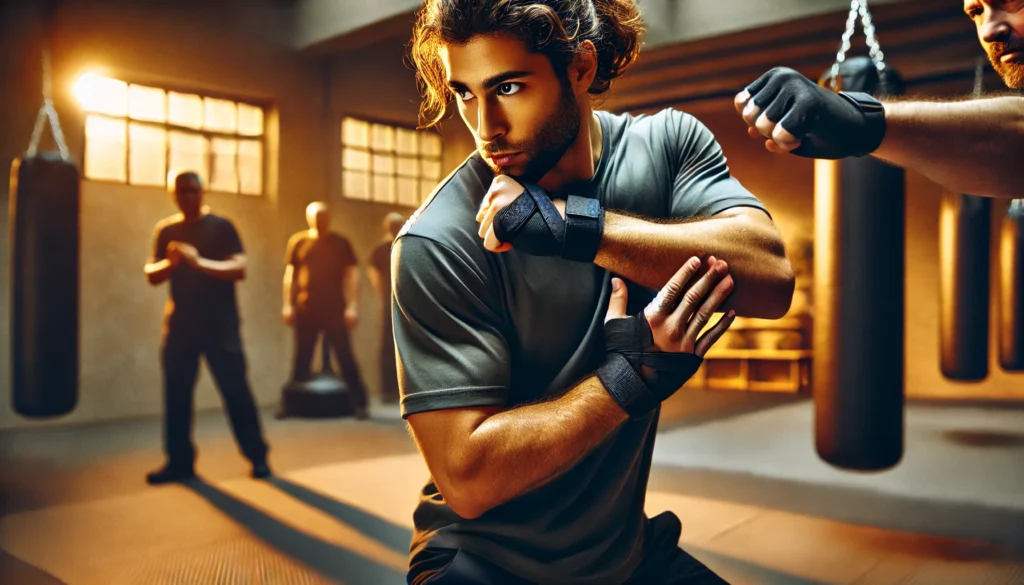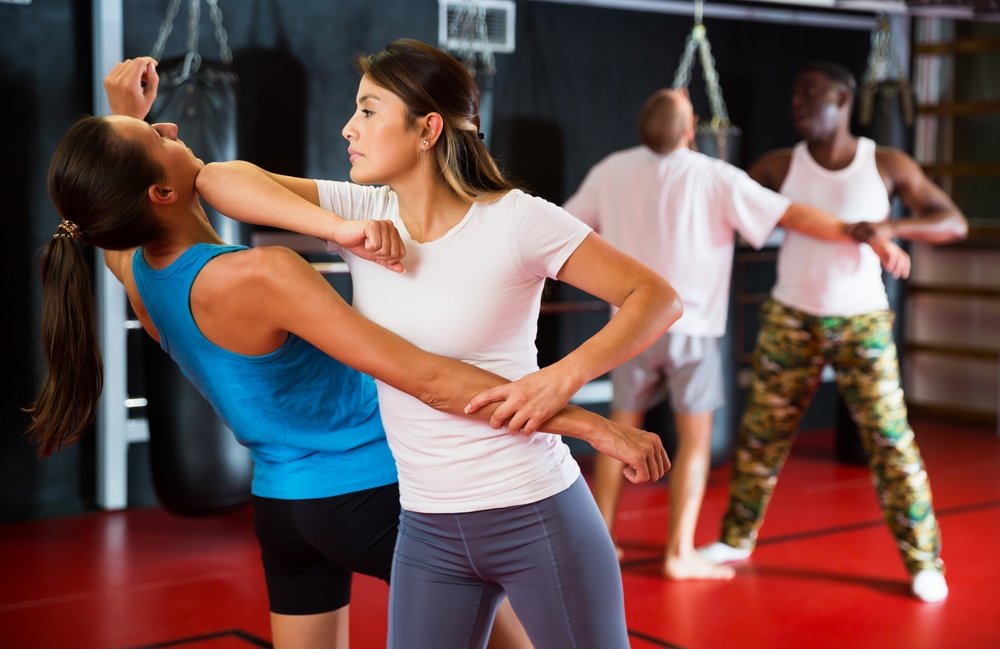What Is Krav Maga Martial Arts? Exploring Its Power, Purpose, and Practice

Krav Maga martial arts is more than just a fighting style – it’s a complete self-defense system built for real-world threats. Created for the Israel Defense Forces (IDF), this combat method combines techniques from boxing, wrestling, judo, aikido, and karate. Krav Maga emphasizes natural, instinctive movements, quick decision-making, and aggressive counter-attacks. It’s popular among civilians, military personnel, and law enforcement professionals worldwide because you can learn its life-saving techniques quickly and use them effectively under stress.
In this article, we explore the history of Krav Maga, its core principles, how training works, and why it’s ideal for everyday individuals, from fitness enthusiasts to concerned parents. We’ll also cover how Krav Maga compares to other martial arts and answer common questions in our detailed FAQ section.
History & Origins of Krav Maga
Krav Maga was developed in the 1930s by Imi Lichtenfeld, a Hungarian-Israeli martial artist. He designed it to help Jewish communities resist violent anti-Semitic attacks in Bratislava. In the 1940s, the Israeli military officially adopted Krav Maga as its hand-to-hand combat system. Over the decades, the system evolved. Today’s Krav Maga includes threat prevention, mental preparedness, and weapon defense – (not just unarmed combat).
Key historical highlights:
- Developed by Imi Lichtenfeld in Europe (1930s–40s)
- Adopted by Israeli military in the late 1940s
- Civilian adaptations emerged in the 1990s
- Now practiced worldwide by military, police, and civilians
Core Principles of Krav Maga Martial Arts
Simplicity & Efficiency
Techniques are easy to learn and execute. The goal is to stop threats fast—no fancy or predictable moves.
Real-World Scenarios
Training replicates high-stress, unexpected situations. You’ll learn to stay focused and act under pressure.
Instinctive & Aggressive Reactions
Krav Maga uses natural body mechanics. You’ll strike first, and strike hard—no hesitation.
Self-Preservation as Priority
The goal is to escape more than to fight. Techniques focus on neutralizing threats efficiently.
2Awareness & Prevention
Advanced training teaches you how to spot danger before it escalates—offering a mental edge.
What Makes Krav Maga Different from Other Martial Arts?
| Feature | Krav Maga | Traditional Martial Arts |
|---|---|---|
| Competition | No | Often yes (tournaments, belts) |
| Real-World Focus | Yes | Some focus more on form |
| Speed to Learn | High | Moderate to low |
| Sparring | Realistic & stress-based | Light or rule-based |
| Weapons Defense | Included | Rarely addressed |
Why Krav Maga Appeals to Everyone
- Civilians: Learn practical self-defense fast
- Women: Effective techniques require skill – not strength
- Parents & Teens: Build confidence and awareness
- Professionals & Travelers: Ideal for unpredictable, real-world situations
Training builds physical strength, mental resilience, and situational confidence, all within months.
Krav Maga Training Structure
Warm-Up & Conditioning
Expect bodyweight exercises, sprints, and dynamic stretching to prepare your mind and muscles.
Technique Drills
You’ll practice strikes, blocks, and defenses step-by-step, using repetitions and feedback.
Partner Exercises
Defensive drills with peers to simulate unpredictability and timing.
Scenario-Based Training
Combat simulations involve surprise attacks, increasing stress and realism.
Cool-Down & Debrief
Training concludes with stretching and mental focus on what you learned.
Core Krav Maga Techniques
- Fighting stance: Balanced, ready position for defense or offense
- Palm-heel strikes: Strong, safe, and effective
- Elbow strikes: Powerful strikes suitable for close combat
- Groin kicks & knees: Designed to disable quickly
- Defenses from choke/strikes: Techniques for grab and choke scenarios
- Weapon disarms: Skills to neutralize knives, guns, or blunt objects
Each move is repeatable, instinctive, and highly effective.
Practical Benefits of Krav Maga Training
Physical Health
Boosted strength, stamina, and flexibility through high-intensity drills.
Mental Fortitude
You’ll build resilience, focus, and the ability to think clearly under pressure.
Personal Safety
Practical knowledge to respond to threats – anytime, anywhere.
7Community & Class Support
Training groups offer encouragement and teamwork for motivation.
Krav Maga Martial Arts in Maryland
If you’re in Maryland, you have access to dozens of certified Krav Maga centers. You’ll find experienced instructors, open class schedules, and trial sessions – ideal for beginners. Many offer tailored programs for women, teens, or professionals.
Krav Maga vs Other Martial Arts
- Krav Maga vs Boxing: Krav Maga includes low-body attacks, grappling, and weapon defense
- Krav Maga vs Muay Thai: Krav Maga emphasizes real-world scenario, not sport
- Krav Maga vs Judo/Jiu-Jitsu: Krav Maga uses quick take-downs – not ground grappling
- Krav Maga vs Traditional Styles: No katas or belts; training is fast, efficient, and stress-tested
Getting Started with Krav Maga
- Find a certified gym near you (e.g., Guardian Krav Maga)
- Attend a trial class to assess pace and style
- Gear up: athletic wear, hand wraps, minimal pads
- Train consistently: 2–3x a week
- Track progress: belt levels or skill assessments
- Supplement practice at home through drills and conditioning
FAQs
It’s both. Krav Maga is martial in nature—but built specifically for practical self-defense, not sport or tradition.
Yes. Programs accommodate different fitness levels and ages, from teens to seniors. Progress is based on personal growth—not competition.
Basic self-defense moves can be grasped within weeks. Martial proficiency takes months to years, depending on training frequency.
Training is intense but safe. Instructors use proper safety gear and progressive drills to minimize injury risk.
Absolutely. Learning to defend against knives, sticks, and guns is integral to training.

